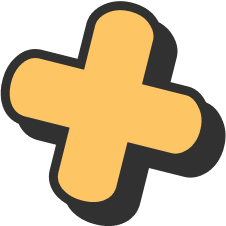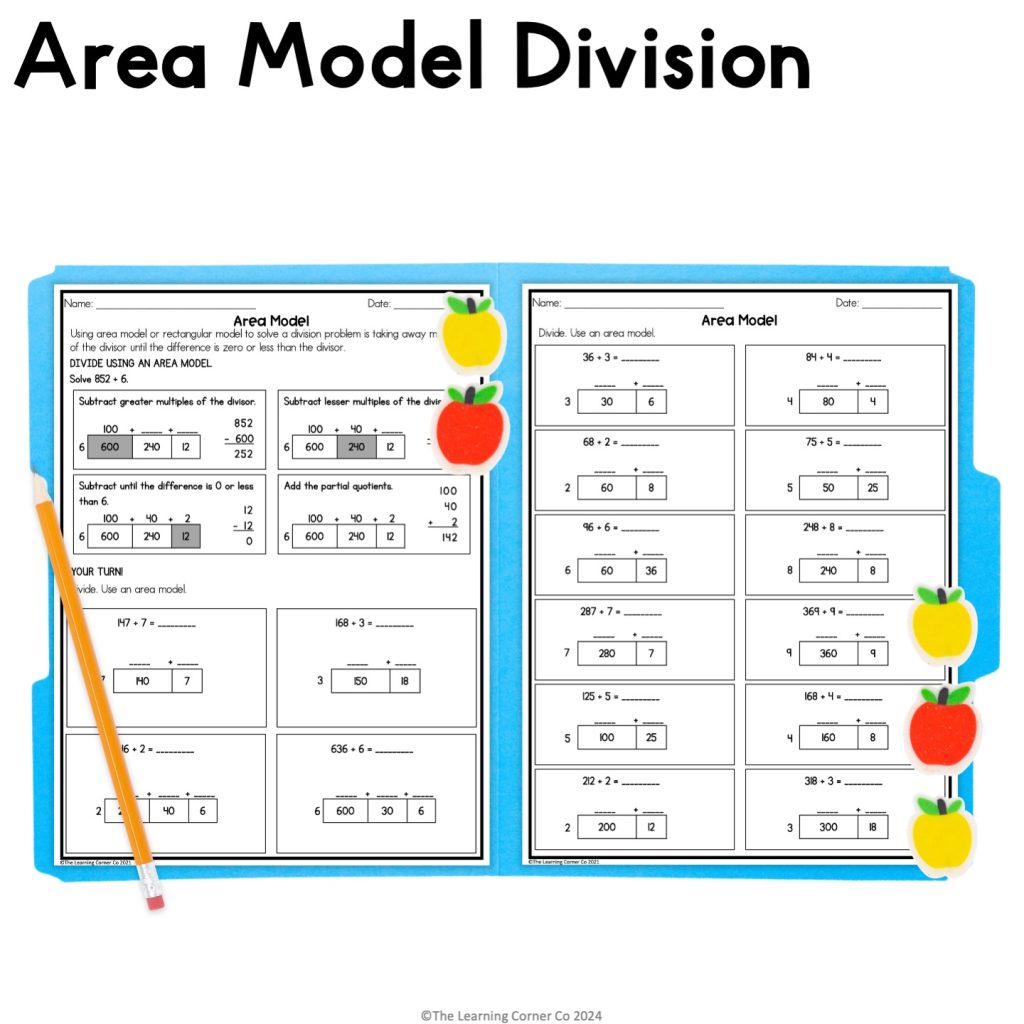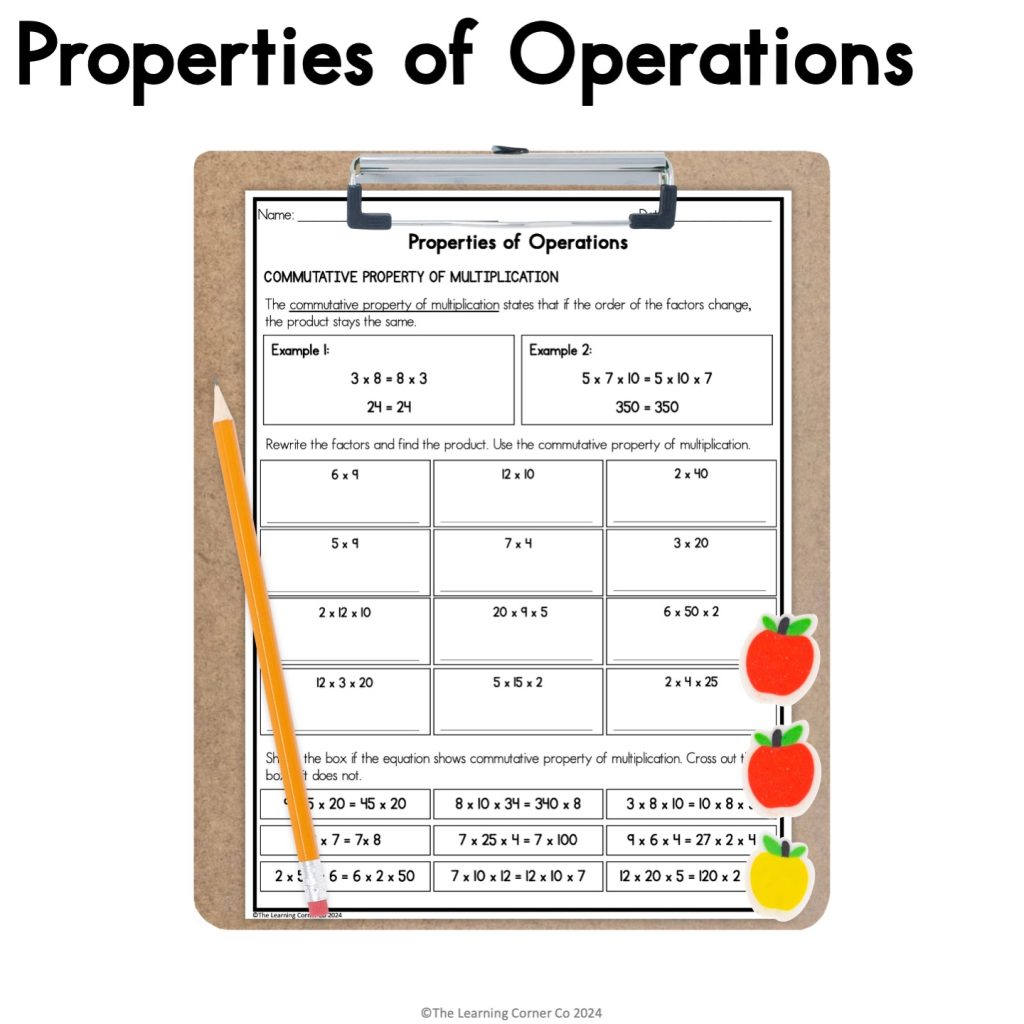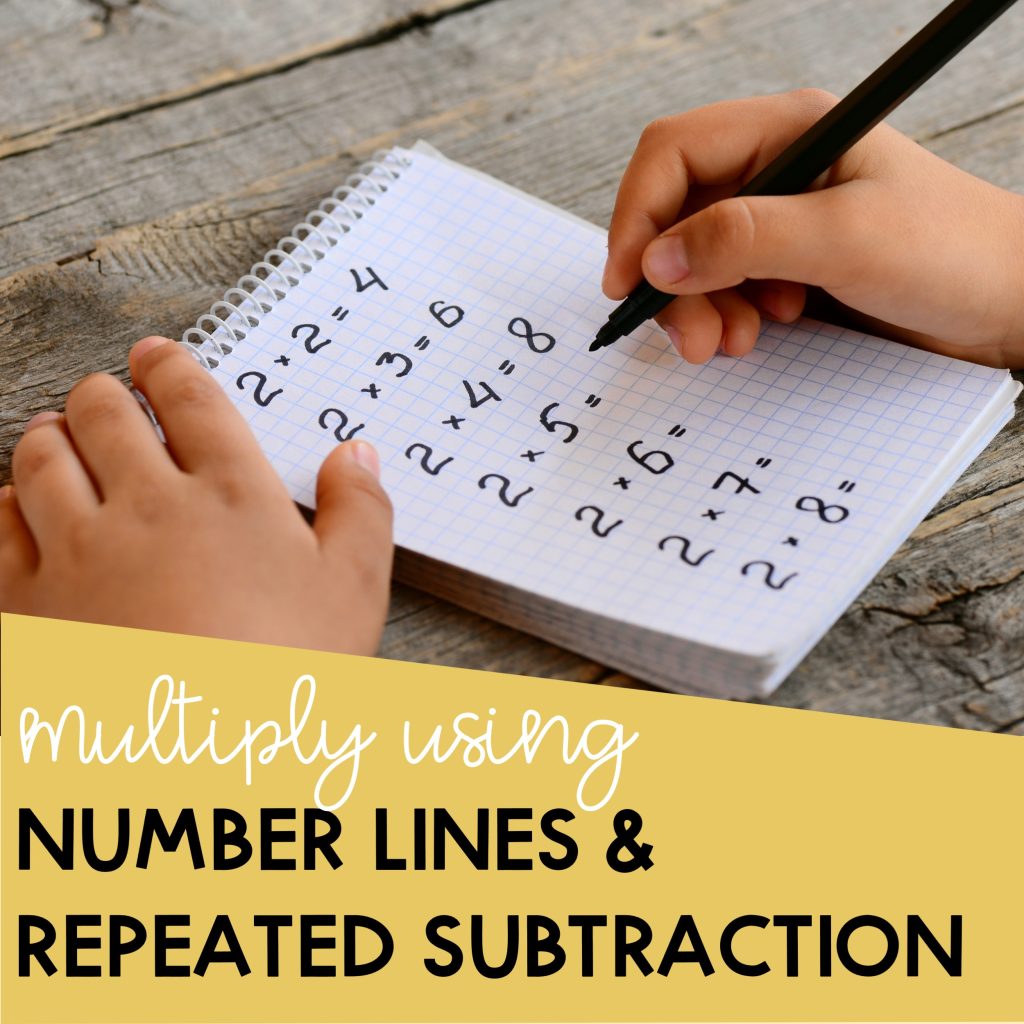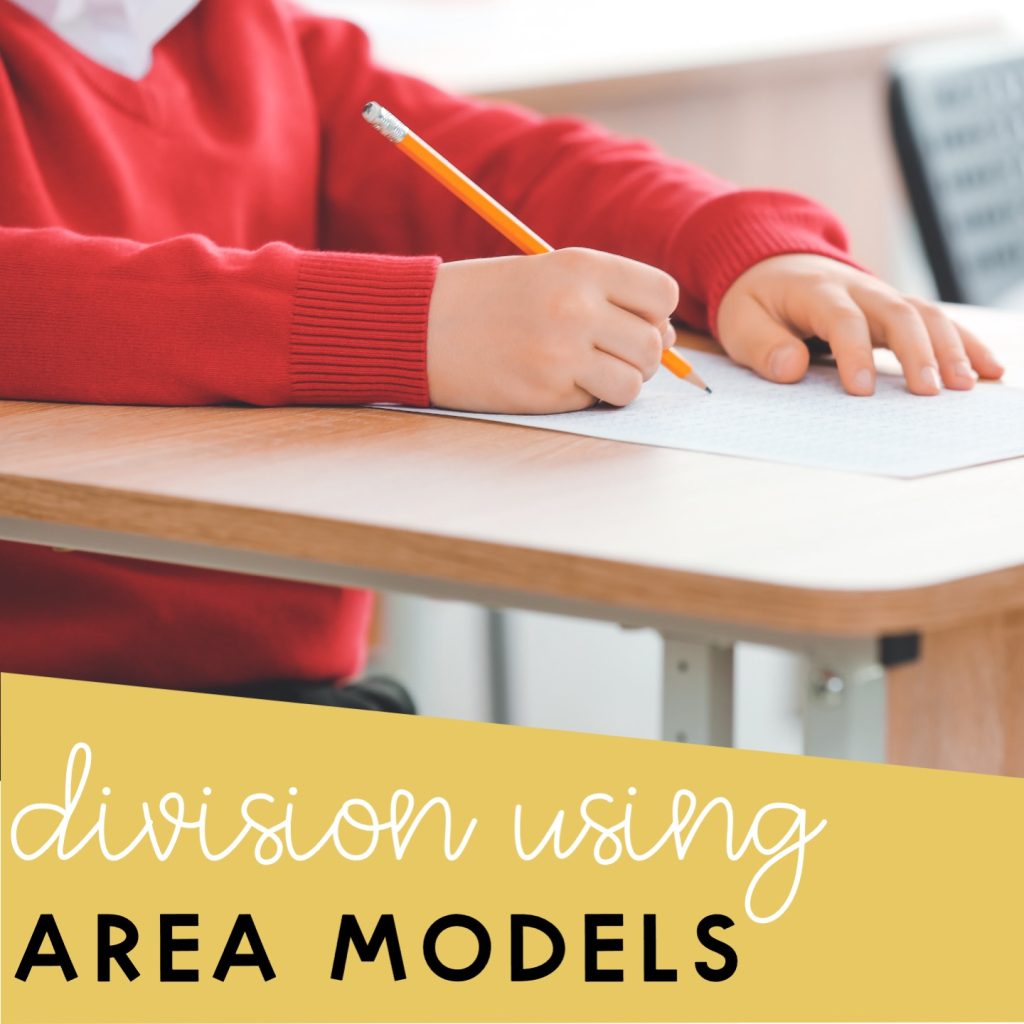Using visual models in math helps us understand math. These are mental pictures that explain a concept or an idea. It is a tool to help students connect the concrete to the abstract.
Some examples of using visual models or visual representations are acting out a word problem, placing numbers on a line, or even using a slice of pizza to represent fractions. These are simple but effective ways to explain complex ideas.
In this article, I will show a few visual models used in elementary school and how to use them at home or in the classroom.
Math Visual Models Examples
There are many math visual models. The elementary classroom commonly uses these models.
- Number Lines
- Arrays
- Bar Models
- Area Models
Read on to know more about them.
Number Lines
Number lines are visual representations of numbers on a straight line. It helps students of all ages count and keep track of their facts. They are handy when adding, subtracting, multiplying, or even dividing numbers.
The beauty of number lines is that they are very versatile. It can be used for simple counting numbers, integers, fractions, and decimals.
Here are some examples of how I use number lines.
1. Rounding numbers
Rounding numbers can be visualized using a number line.
The example below shows that 3,456 is closer to 3,000 compared to 4,000. So, 3,456 rounded to the nearest thousand is 3,000.
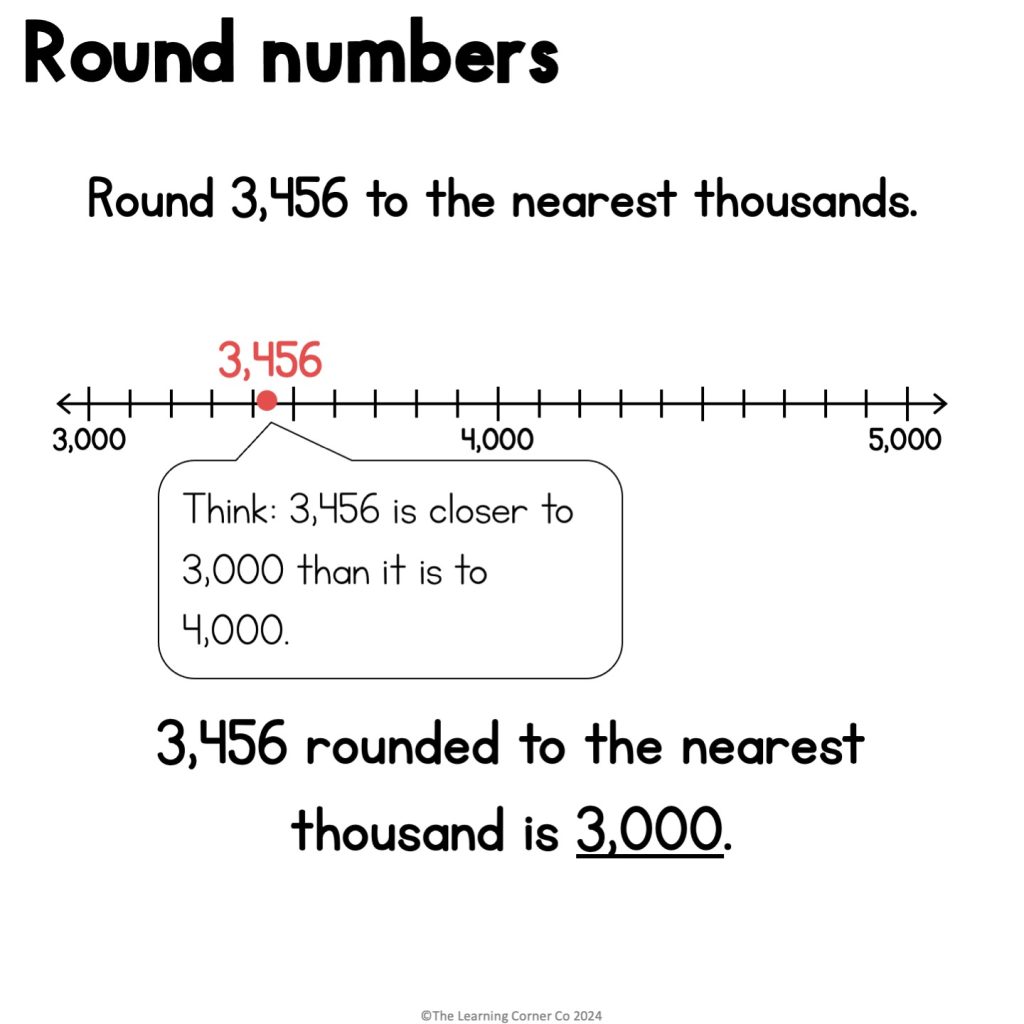
2. Comparing Numbers
Number lines are used as math models to compare numbers too. The distances between the numbers tell which value is greater.
In the example below, 39,008 and 45,204 are compared using a number line. 45,204 is greater because it is further to the right.
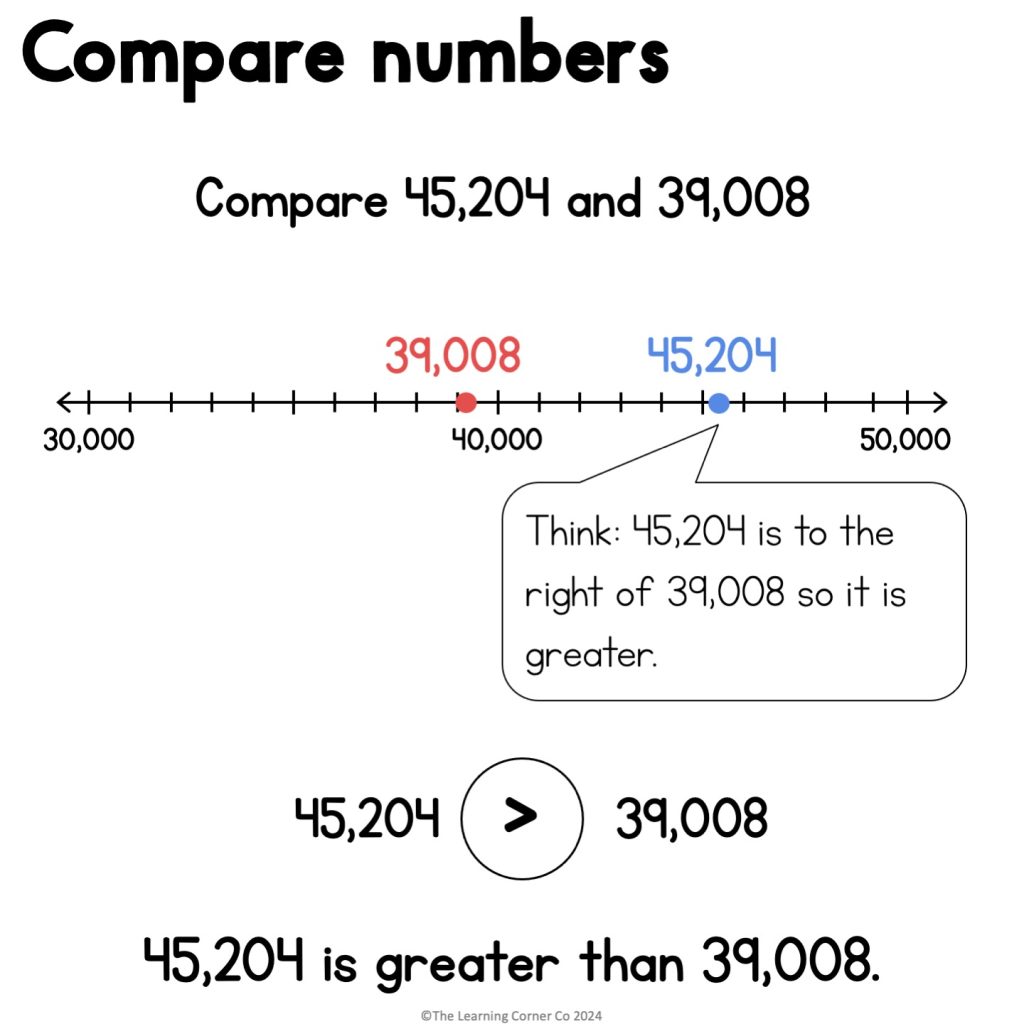
3. Multiplying numbers
Show multiplication using number lines. It is a great way to introduce multiplication by showing jumps on the number line. The jumping is similar to skip counting.
The example shows that 6 jumps of 3 make 18. Making jumps on the number line shows the act of multiplying.
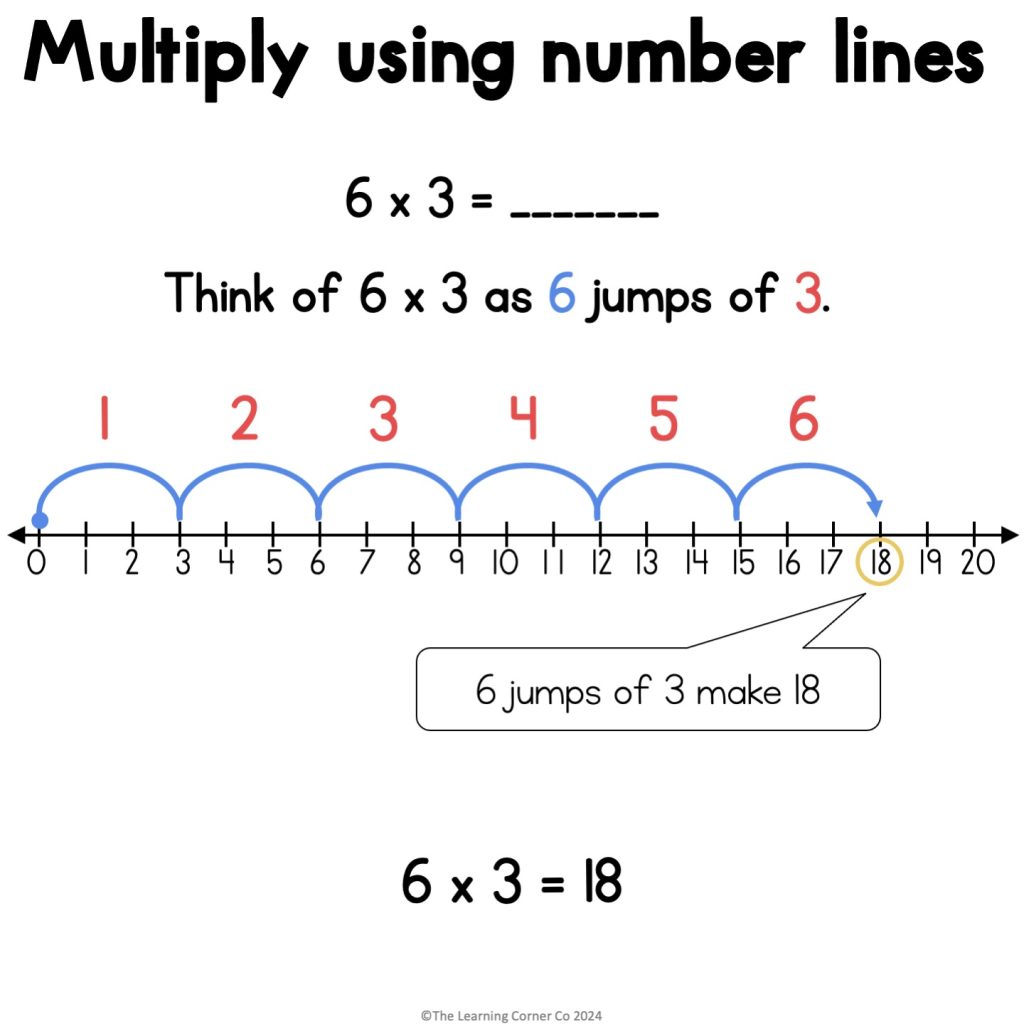
For more information on how to use number lines to multiply, click here.
4. Division
Use number lines to divide. To show division, count back on the number line starting from the total. The number of jumps is the quotient.
The example below acts out the problem 20 ÷ 5. It shows that the number of jumps is the quotient.
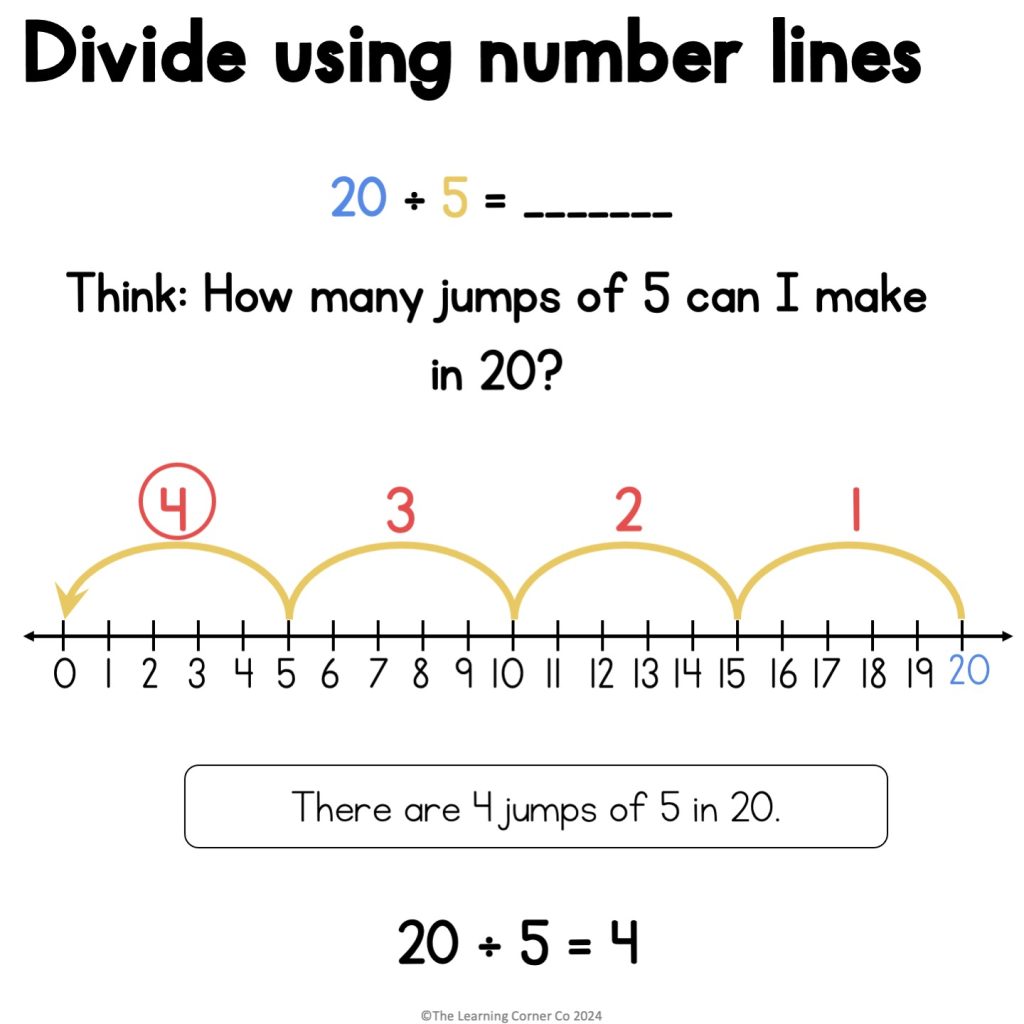
Arrays as Math Models
Another flexible math models are arrays. Arrays are a stack of objects in equal rows and columns. It is a visual model that develops an understanding of multiplication and division.
They help explain the commutative property of multiplication. The example below shows that 3 rows of 4 is the same as 4 rows of 3. This explains why 3 x 4 and 4 x 3 are the same.
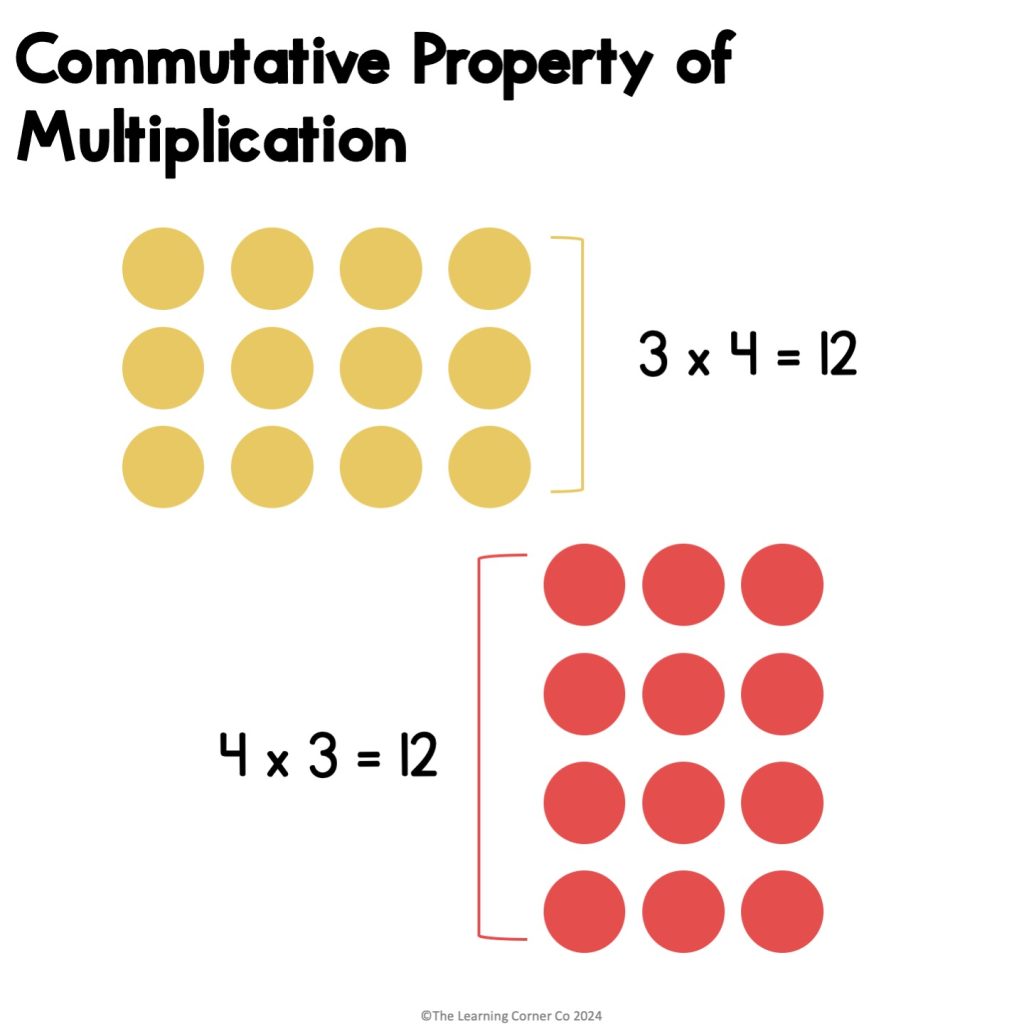
Here are other examples of how to use arrays to teach a concept.
1. Multiplication
One way to show multiplication is by using arrays. Arrays are represented by equal rows and columns as in the example below. It shows that 6 rows of 3 make 18.
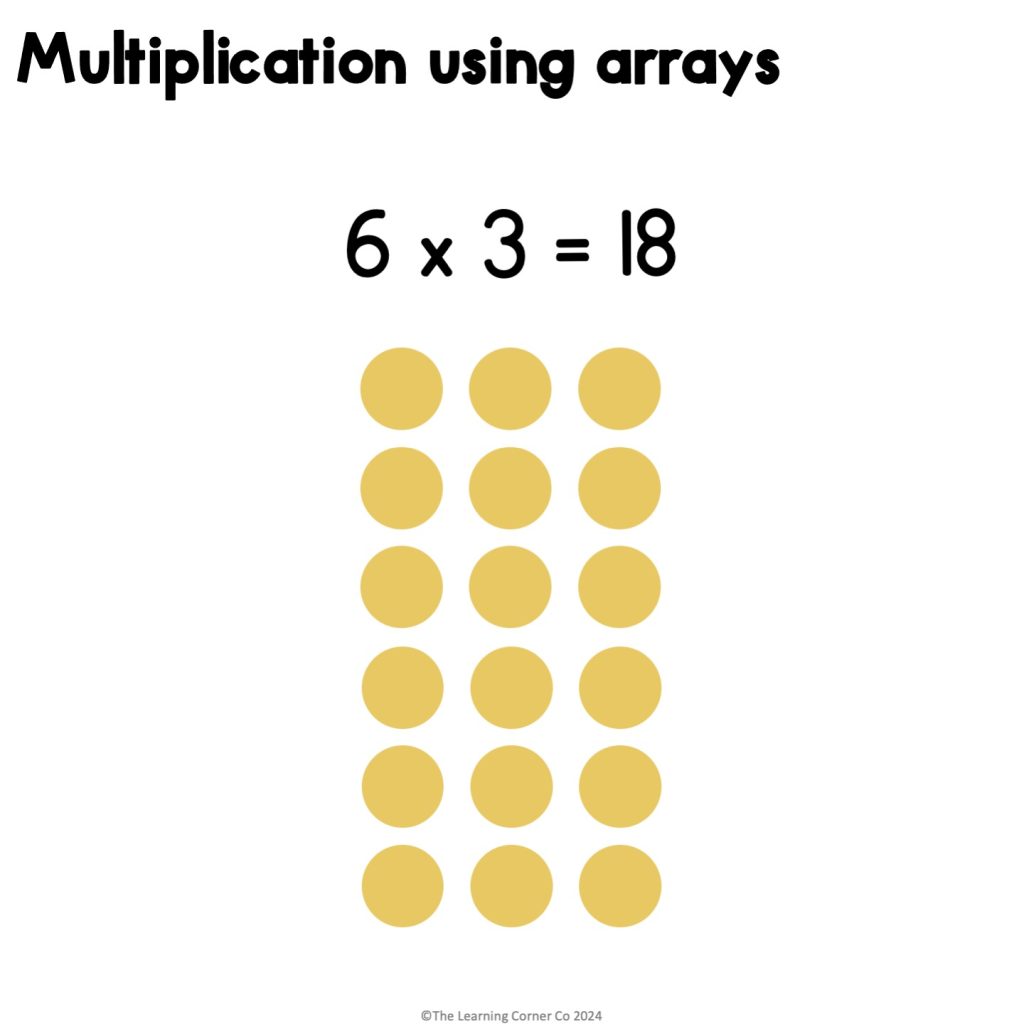
2. Division
Division can be represented using arrays too. The example below shows that the total is 18 and that 3 rows of 18 make 6.
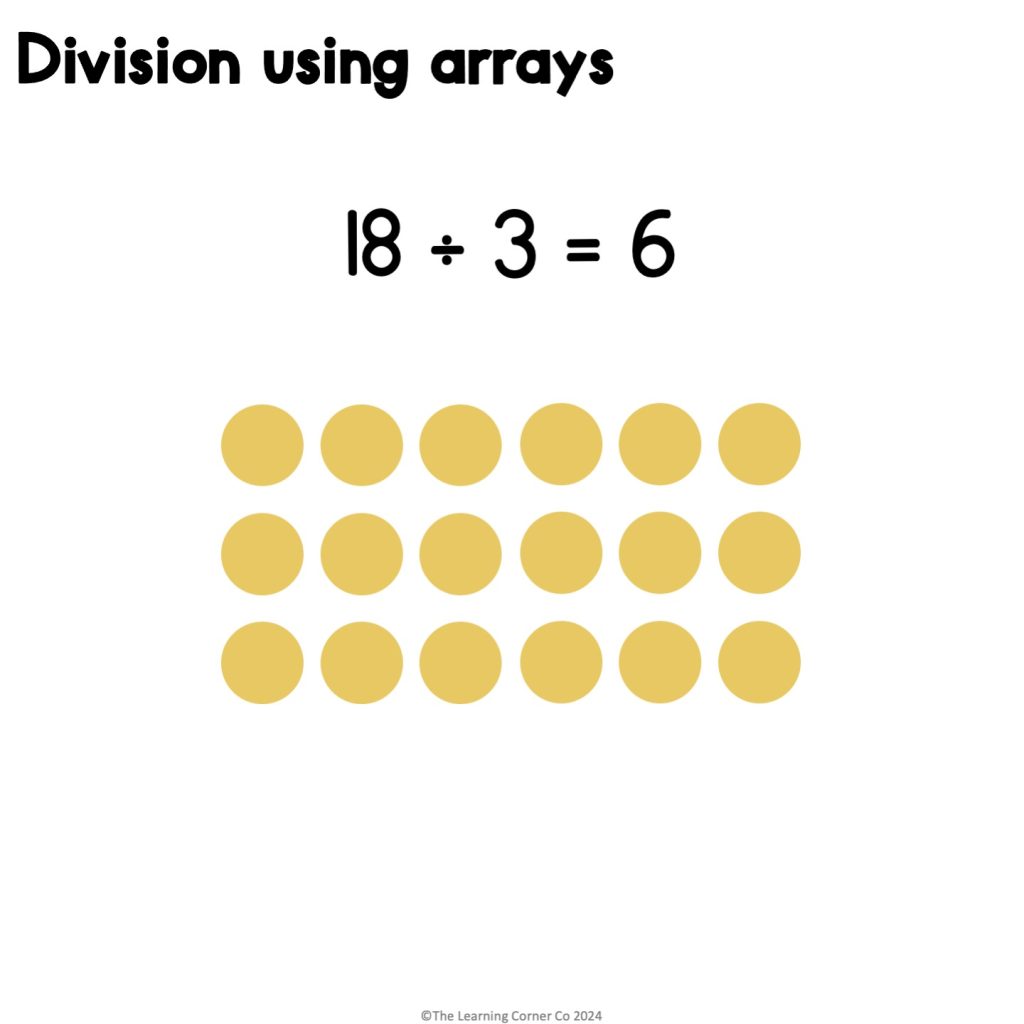
To learn more about dividing using arrays, click on this link.
Bar models
Bar models help support students to see the structure of parts and whole. Use bar models to give a mental picture of word problems, specially those involving the four operations – addition, subtraction, multiplication, and division.
Here are some examples of how bar models can be used to solve word problems.
1. Addition
To show the parts between parts and whole, you can use bar models to add. It clearly shows that adding two (or more) parts will make a whole.
Below is an addition word problem solved using bar models to visualize combining of parts.
Anita collects stamps. She has 12 stamps so far. On her birthday, her mom gave her 6 more stamps. How many stamps does she have in total?
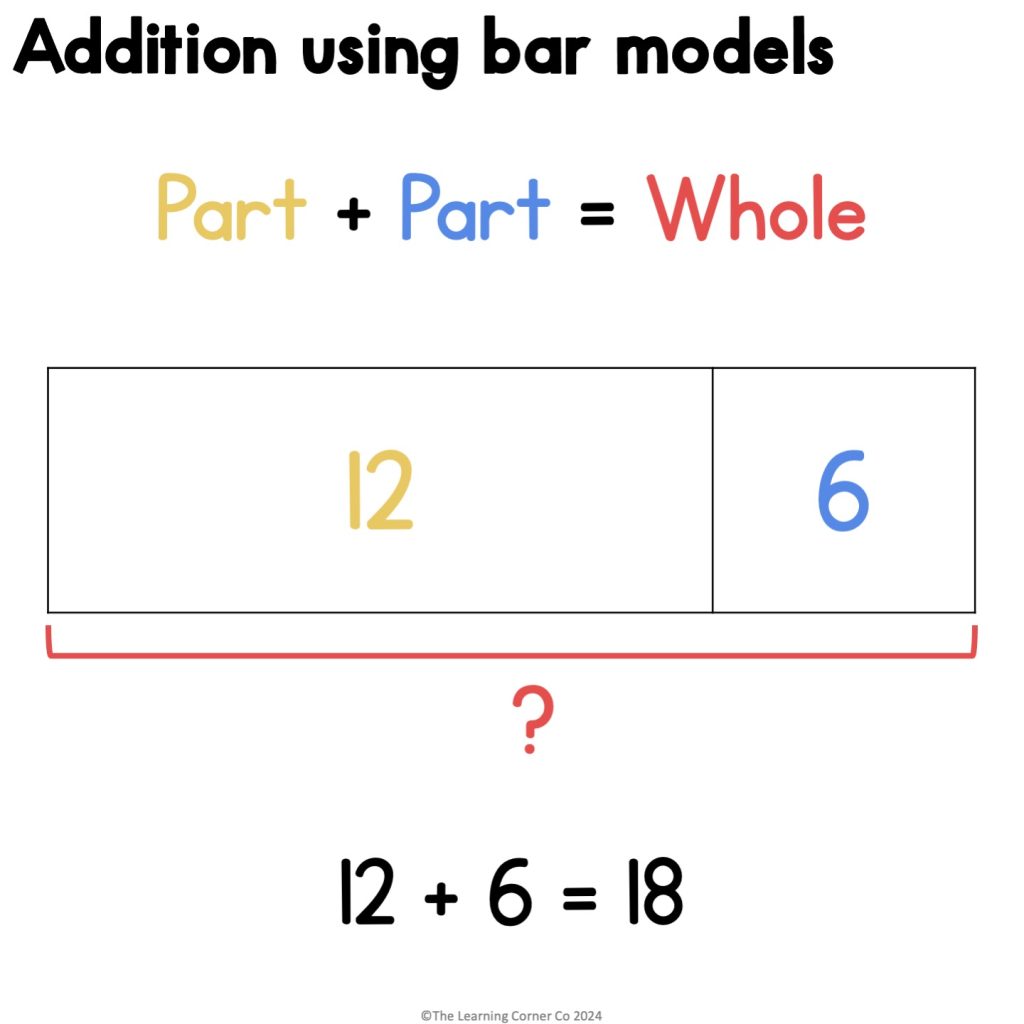
2. Subtraction
For subtraction, bar models show the missing part. It gives you a mental picture of the difference.
Here is an example of a subtraction word problem solved using bar models.
Jeremy has 32 baseball cards. He gave 9 baseball cards to his brother. How many baseball cards does Jeremy have now?
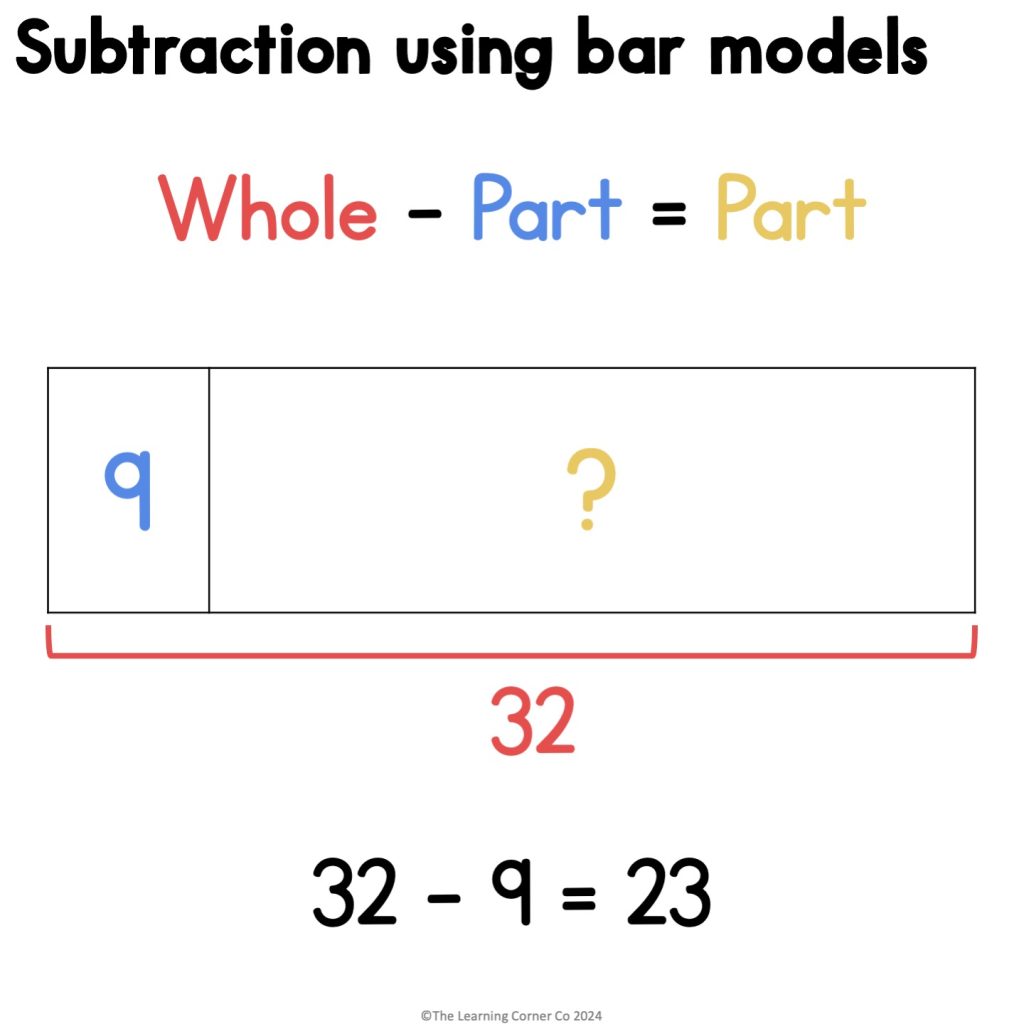
3. Multiplication
Bar models in multiplication show that the number of parts multiplied by the parts make a whole.
The example below shows how to multiply using bar models.
Mrs. Moore bought 6 boxes of pizza for a party. Each box costs $16. How much did Mrs. Moore pay for the pizzas?
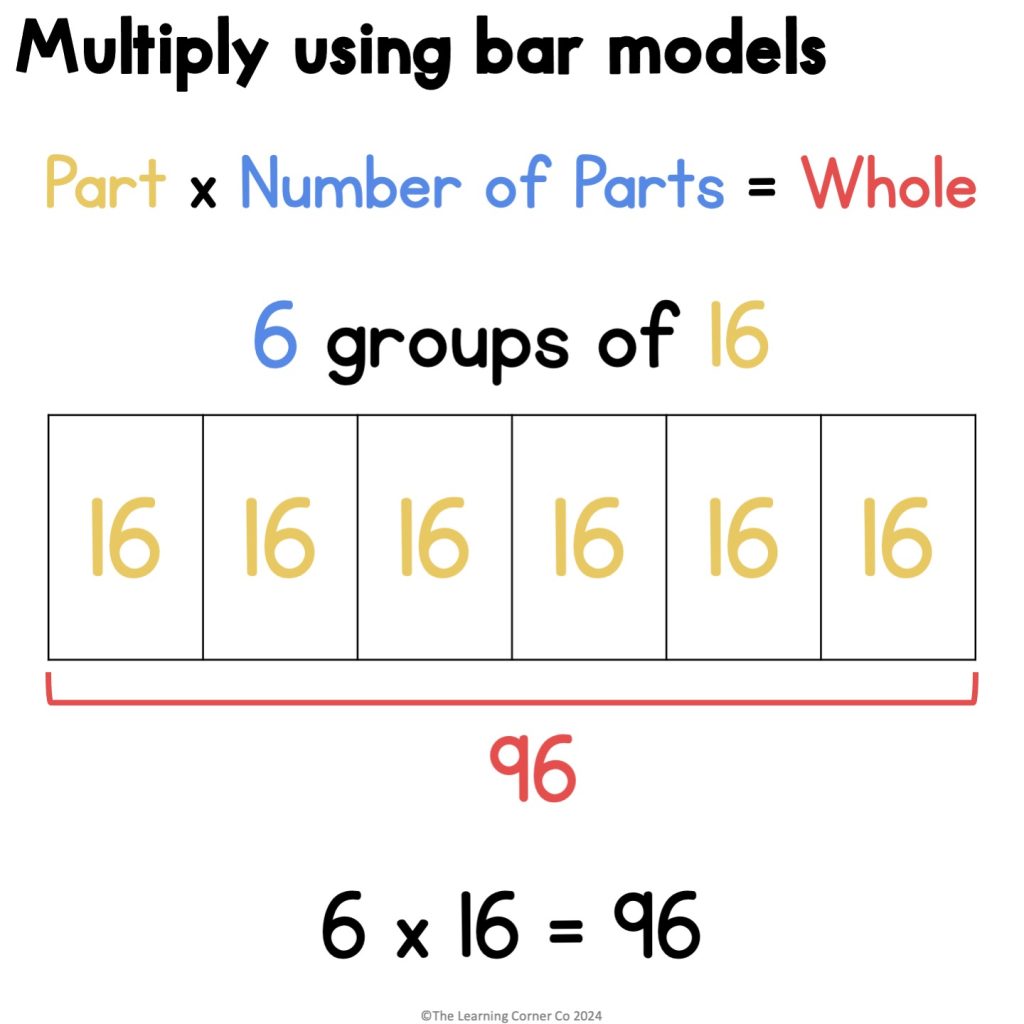
4. Division
Bar models represent division. To use bar models in division, represent the whole and the equal parts.
The example below shows how to divide using bar models.
Mr. Santos made 24 brownies. He packed them into 4 separate boxes. How many brownies are in each box?
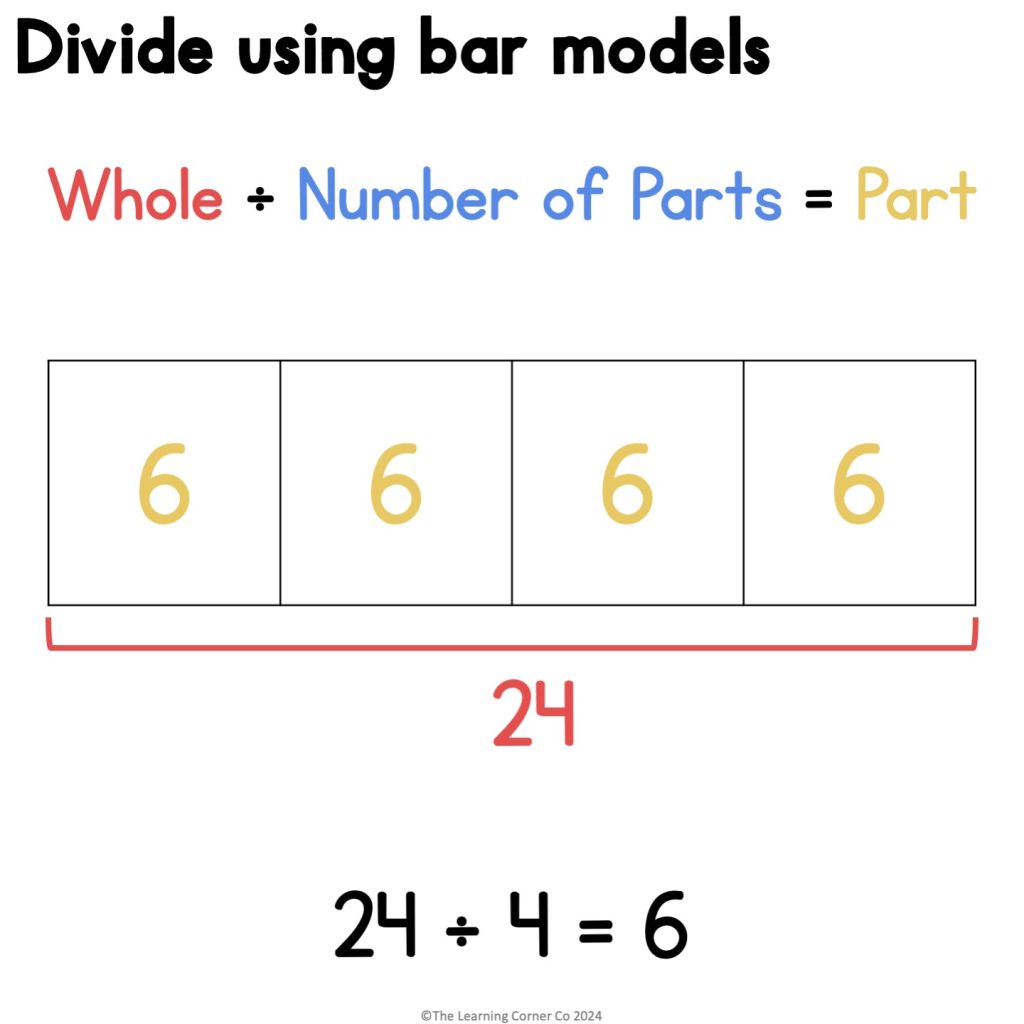
Area models
Area models help break down numbers. Make number “friendly” by breaking down the numbers into smaller parts.
I have an article that shows in-depth instructions on how to use area models for division and multiplication.
Here are some examples of using area models to help understand each concept.
1. Multiplication
The example below shows how to use area models to multiply 2-digit by 2-digit numbers.
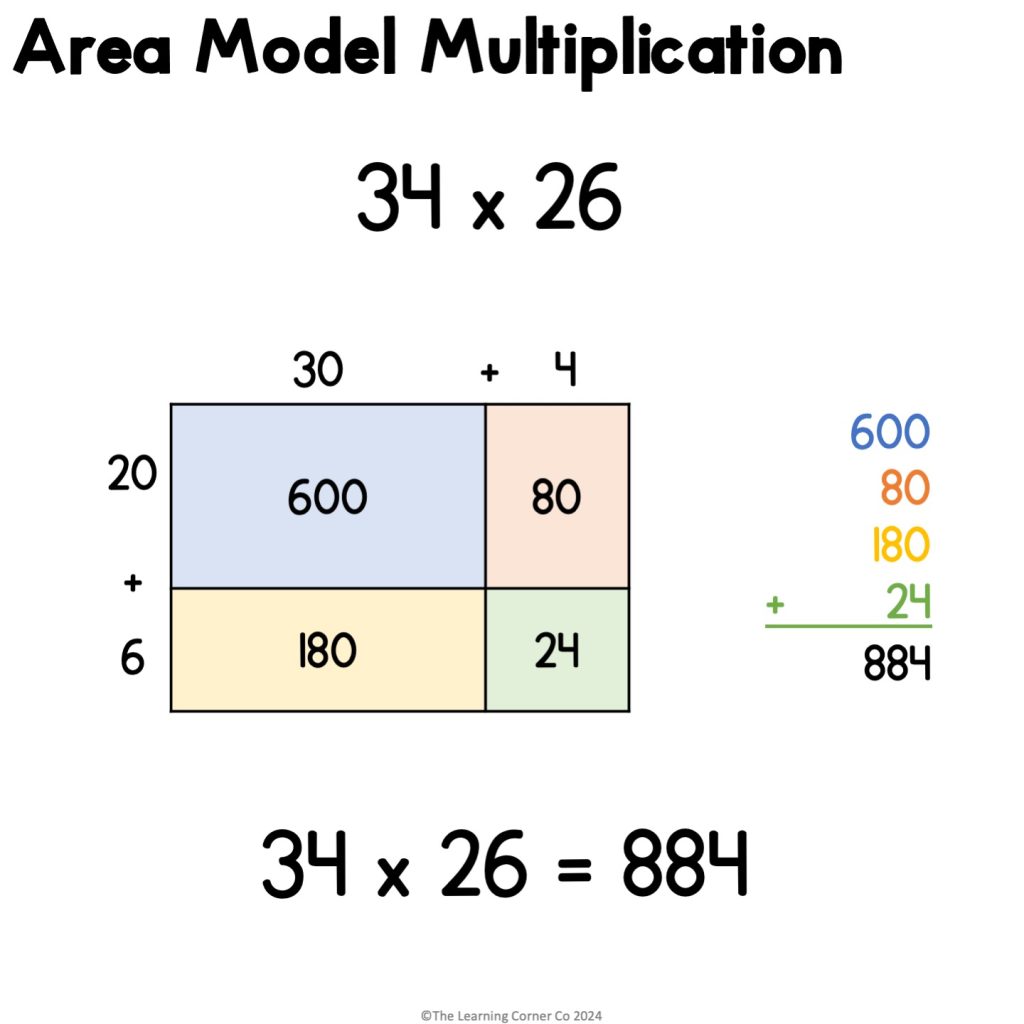
2. Division
Representing division using area models help visualize the operation. In the example below, you can see how to divide a 4-digit number by a 1-digit divisor.
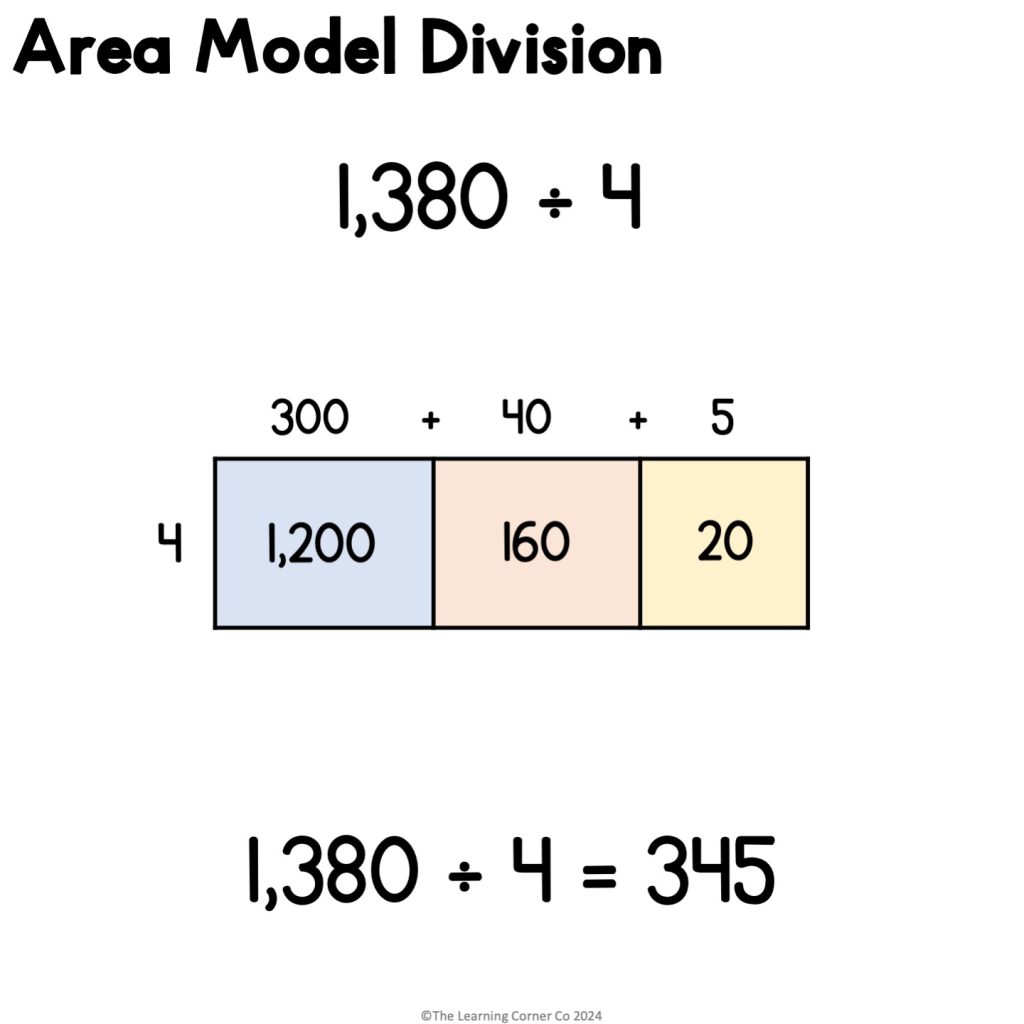
The classroom uses a lot of math visual models. These are just some of them.
If you are looking for exercises and practice that makes use of math visual models, check out these activities from my TPT Store.

